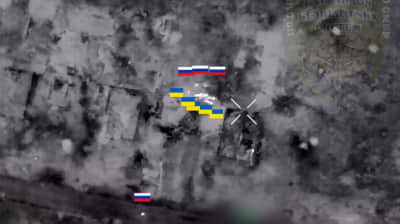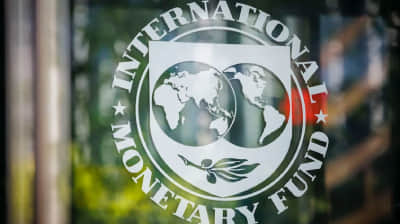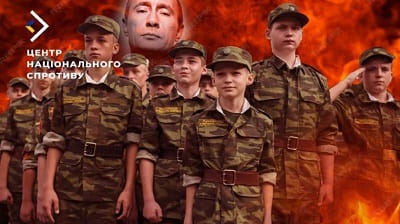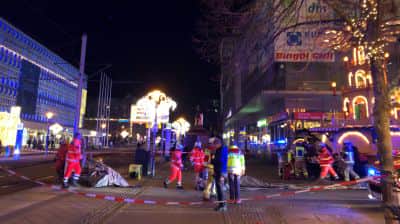Replenishment of Russian army will not allow it to conduct offensive operations on several fronts – ISW
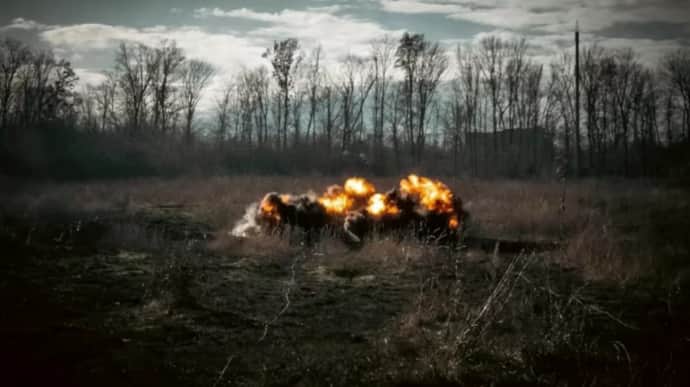
Analysts at the Institute for the Study of War (ISW) have noted that the replenishment of the Russian army with new recruits will not allow it to conduct large-scale offensive operations in the summer on several fronts, as the new reserves will not be able to act as first- or second-line penetration forces.
Source: ISW
Details: Ukrainian military observer Kostiantyn Mashovets noted on 8 June that only a part of the 30,000 troops that Russia mobilises each month are arriving at the front as replacements and reinforcements and that Russian mobilisation efforts have allowed the Russians to create only limited operational and strategic reserves.
Mashovets said that on average, each Russian operational grouping of troops receives between 1,000 and 1,500 troops as replacements or reinforcements each month and may receive 2,000 if the grouping is responsible for intense assault operations.
There are six operational Russian military groups in and around Ukraine. This means that Mashovets suggests that Russian troops are receiving a total of 6,000 to 12,000 new troops per month.
The report notes that this figure does not contradict Ukrainian and Russian reports from January and April 2024 that Russia is recruiting 30,000 new servicemen each month. A significant portion of these new personnel will perform combat support and combat service support functions or later take over combat missions after training.
Russian ruler Vladimir Putin said on 7 June that Russia has so far recruited 160,000 new military personnel in 2024, a figure that is consistent with reports that the Russian Armed Forces are recruiting around 30,000 service personnel a month.
Analysts note that Russian forces have used their initiative along the entire frontline to set the pace of fighting in Ukraine in recent months, which appears to be resulting in the number of those killed and wounded being roughly equal to or slightly less than the level of the newly recruited forces.
Experts add that this balance between Russian losses and newly created forces requires, however, that Russian forces do not significantly intensify offensive operations for an extended period. This balance becomes even narrower when losses and new forces generated for Russian personnel only are taken into account.
In recent months, the ISW has observed a "pulsing" of Russian offensive operations along the frontline, with the Russians alternating between intense attacks and slower operational tempos to replenish losses.
The availability of new personnel is likely one of several determinants of the Russian military's decision to alternate intensive offensive operations with less intensive ones.
ISW estimates that Russia's planned operational- and strategic-level reserves are unlikely to be ready to act as first- or second-tier penetration forces capable of conducting effective large-scale combined arms attacks.
The limited Russian operational and strategic reserves reported are likely to be insufficient to support a simultaneous large-scale offensive effort on multiple fronts. The Russian military command will likely have to choose one main front during the expected summer offensive if it intends to use these reserves to support a large-scale offensive.
To quote the ISW's Key Takeaways on 8 June:
- The Russian military command is reportedly transferring an unspecified number of forces to the Ukrainian-Russian border area near Kharkiv Oblast, but it is unclear if the Russian military command plans to immediately commit these redeployed forces to combat or use them to reinforce the Northern Grouping of Forces to bring it closer to its reported planned end strength.
- Ukrainian military observer Kostiantyn Mashovets noted on 8 June that a fraction of the reported 30,000 personnel that Russia generates each month arrives at the front as combat force replacements and reinforcements and that Russian force generation efforts have allowed Russian forces to establish only limited operational and strategic reserves.
- Ukrainian forces conducted a drone strike against a Russian military airfield in the North Ossetia-Alania Republic on the night of 7-8 June.
- Russian strikes have caused widespread damage to Ukraine's energy grid, and Ukraine will continue to face serious constraints on power generation capacity.
- US President Joe Biden met with Ukrainian President Volodymyr Zelenskyy in Paris on 7 June.
- Defence Intelligence of Ukraine (DIU) and Russian opposition outlets reported that unspecified actors attempted to assassinate the former Russian occupation mayor of Kupiansk, Kharkiv Oblast, Hennadiy Matsehora in Stary Oskol, Belgorod Oblast on 7 June.
- Russian forces recently advanced north of Kharkiv City, southeast of Kupiansk, within easternmost Chasiv Yar, northwest of Avdiivka, and southwest of Donetsk City.
- Russian actors are using video appeals from Russian servicemen to refute reports of high Russian losses in northern Kharkiv Oblast.
Support UP or become our patron!
